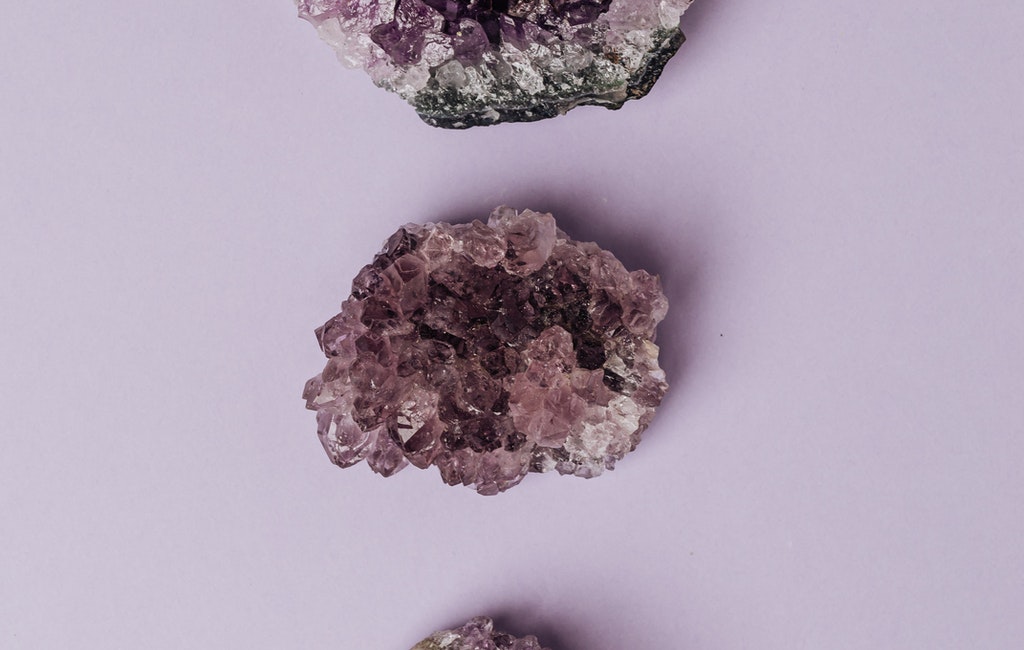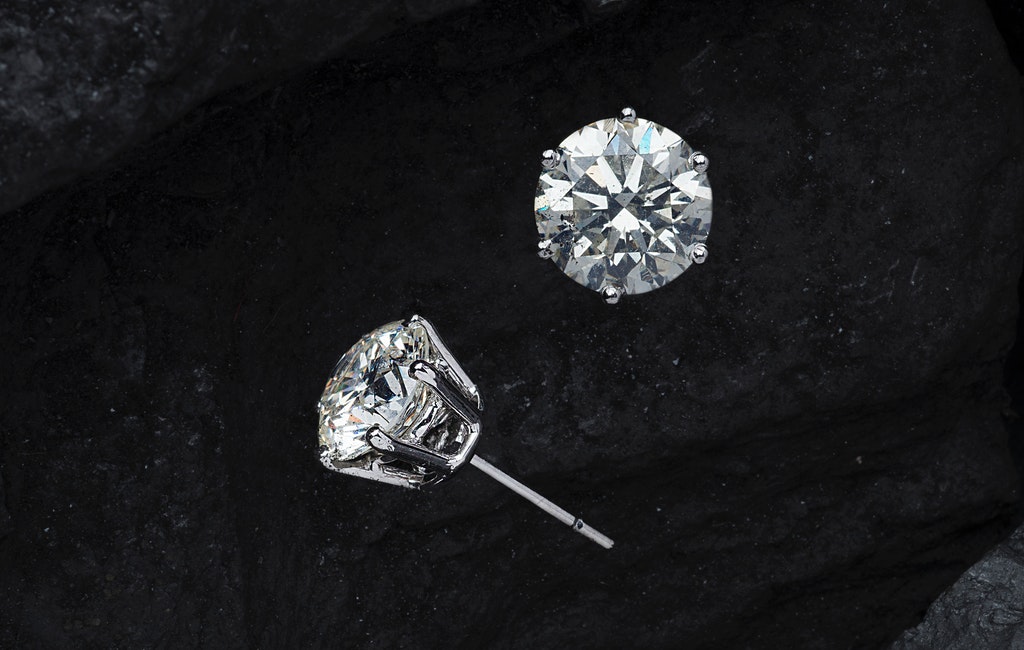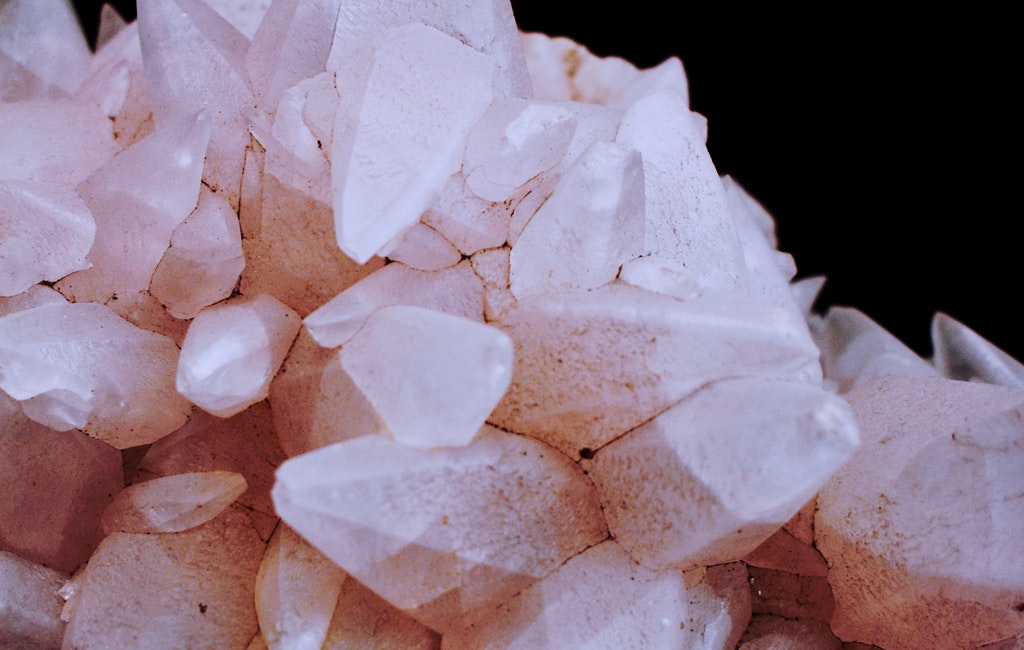The world’s hardest natural substance is diamond. But it’s also fragile. Hardness is simply a measure of how well something can withstand being scratched, according to science. Hardness is taken into consideration when grading a gemstone’s overall wearability. But it’s just one of many things to take into account.
You may be aware that the hardest substance in the gem industry is diamond, which has a hardness rating of 10. However, gemologists have a proverb that states that if you hit a diamond with a hammer, it would break into a dozen pieces. When quartz is struck with a hammer, it splits in half. A piece of jade will ring like a bell when struck with a hammer.
What Does Gemstone Hardness Mean?
The feature of gemstone hardness is sometimes misinterpreted. In gemology, the word “hardness” has a highly particular scientific meaning that is substantially different from its common usage. The only way to define hardness scientifically is its capacity to withstand scratching. Most people will respond that glass is hard and feathers are soft if you ask them. But in the field of gemology, glass is a relatively soft substance. It might be easily scratched by a variety of things that gemologists would regard to be hard.
The bonds that bind the atoms together in a crystal structure determine how hard something is. The ease with which layers of atoms at a surface can be separated by exerting pressure with a sample of another material is evidence of this bonding. The second material will leave a furrow or scrape if it is harder than the first. On a microscopic level, that entails the rupturing of millions of atomic bonds. A mineral’s “scratchability”—more particularly, its hardness—is measured. Based on the other minerals it may scratch, each mineral can be graded.

The Mohs Scale of Hardness
Ten common minerals were listed in order of increasing hardness on a reference scale developed in 1812 by mineralogist Friedrich Mohs (1773–1839).
The Mohs scale of hardness is represented in the diagram below.
10 Diamond
9 Corundum (rubies and sapphires)
8 Topaz
7 Quartz [Example: It scratches window glass]
6 Feldspar [Example: A steel file will scratch it]
5 Apatite
4 Fluorite [Example: A knife will scratch it]
3 Calcite [Example: A copper coin will scratch it]
2 Gypsum
1 Talc [Example: A fingernail will scratch it]
Each of these minerals can scratch the one above it, and the ones below it will do the same. Minerals with similar hardness won’t graze one another. A sapphire cannot be scratched by a ruby, and vice versa. Corundum and diamond are only separated by one division on the hardness scale, however a diamond is significantly harder. The Mohs scale begins about linearly, but the curve quickly ascends at the top. Topaz (8) is twice as hard as corundum (9), which is twice as hard as diamond (10). (Take note that only diamonds and nothing else can scratch other diamonds.)
Hardness Ranges
A material’s hardness might vary slightly depending on its composition and aggregation stage. Gemstone hardness evaluation can be challenging. Frequently, a mark that appears to be a scratch is actually a powder trail made by the ostensibly harder substance! 5.5 is an example of a fractional hardness score that is stated when the literature suggests an intermediate value. It really doesn’t matter whether a mineral has a hardness of 5 or 5.5, though. A hardness range is significantly more useful.
All values found in the literature are represented by the figures published on this website. The hardness of a mineral only varies significantly, even within a single crystal, in kyanite. The claimed hardness range is often fairly narrow (one unit).

Kyanite – gemstone hardness
Within a species, gemstone hardness can vary slightly. However, kyanite is unique in that it can range greatly in hardness within a single crystal, from 4 to 7.5. This stone is rarely carved by faceters. Quartz and kyanite, Jequitinhonha Valley, Minas Gerais, Brazil; Barra de Salinas; Coronel Murta. Géry Parent took the photo. CC By-ND 2.0 license.
Tenacity
In keeping with the proverb, a diamond is both hard (as defined by science) and fragile. A hammer’s steel (hardness 5 or 6) can break a diamond but won’t scratch it.
A material’s “tenacity” gauges how well it can withstand impacts. These measures are typically given as descriptive terms when referring to gemstones. Actually, the majority of jewels would be regarded as “brittle.” A few exceptions exist. Chalcedony is a type of cryptocrystalline quartz that possesses “tough” tenacity. Nephrite and jadeite both possess “extremely tough” tenacity.
What Does Gemstone Wearability Mean?
Scratching is a risk that occurs more frequently, assuming you don’t regularly hit your jewelry with a hammer. Consider how frequently you place your hands inside of your pockets, handbags, glove boxes, and desk drawers each day. Now imagine what, when you do those things, brushes up against a ring.
The degree to which a gem will show wear is strongly influenced by the hardness of the gemstone. Wearability or occasionally “durability” are common terms used to describe this. If used as a ring stone every day, an opal with a hardness of 6 will quickly develop minute scratches and lose its polish. Remember that one of the most widespread minerals on Earth and a component of dust is quartz (hardness 7).
It will be scratched by merely wiping away dust from a softer substance. Even if the scratches are minuscule, they will eventually build up and become noticeable. However, a ruby with a hardness of 9 will stay clear and glossy for years since it is more durable than the majority of the abrasive elements that cause wear.
Wearability Grades
In practical terms, gems softer than quartz will lose their polish and become dull simply from cleaning. A 7 or higher on the Mohs scale usually indicates a gem is hard enough for normal jewelry use. This is a guideline, not a hard and fast rule. Pearls and opals are some of the most popular jewelry gems but are well below 7.
Wearability can be graded as follows:
Excellent
Very Good
Good
Poor
A stone with a “Excellent” grade can be worn almost anywhere and on any occasion, including daily wear. When a stone, such an opal, has a wearability grade of “Poor,” it should be used with extreme caution. It should only be worn sporadically or when necessary. Stones marked “Exhibition Only” are only for collecting or display.
Although gemstone hardness significantly affects wearability, additional factors also come into play. A gem doesn’t necessarily have to wear well because it is hard. Some gems can be damaged by ordinary chemicals, changes in temperature, or even perspiration. Stone cleavage is one of the most crucial elements.
Gemstone Cleavage
In a technical sense, cleavage refers to how firmly the molecules of a gemstone cling to one another. In simple terms, it resembles wood grain. A piece of wood can be easily split while cutting with the grain, but cutting against the grain is much more challenging. Cleavage planes, which differ amongst gem species, are present in many jewels.
Depending on how easily the mineral will separate along the planes, cleavage can be defined as follows:
Perfect
Good
Fair
Poor
A mineral with perfect cleavage will split with ease. Minerals that have poor cleavage will not split. Cleavage planes are completely absent in some diamonds. They are said to be cleavage-free.
Have you ever seen diamond cutters toiling over huge diamond gems in ancient movies? They strike the crystals cautiously, quickly, and with precisely timed strokes. If done correctly, the result is two flawless pieces that can be cut into magnificent diamonds. The diamond breaks when done incorrectly.
Although diamond cutters are no longer required to perform this task, this is a good illustration of the impact of gemstone cleavage. The hardest material in nature, diamonds also have the best cleavage. They are therefore easily capable of cleavage plane splitting. When done correctly, this is advantageous for cutting. Sadly, this also means that diamonds can crack or chip over time. Quartz, on the other hand, is less durable than diamond but can withstand significant impact without being harmed.
Jewelry Settings
Another key aspect of gemstone wearability is jewelry settings. Perhaps the most common piece of jewelry that uses jewels is the ring. However, compared to other types of jewelry, rings also experience more abuse. Poorly rated stones (such as moonstone) are better suitable for pendants, earrings, or brooches.
If you really want your soft stone in a ring, consider the following options:
Don’t wear the ring every day; save it for special occasions. By doing this, the damage that would progressively worsen over time will be greatly reduced.
Keep your ring setting covered. A Tiffany setting with a few prongs that holds the gem high over the finger is asking for trouble. Even during infrequent wear, the stone will come into contact with a range of items that could scratch it.
Choose a setting that protects the diamond by wrapping a lot of metal around it. Gold is soft, but it can be polished, and when it wears down, it’s pretty simple to replace. The same probably cannot be said of your gemstone.
Conclusion
The wearability of a stone cannot be determined only by a stone’s hardness. To determine how well a gem will wear, other elements like tenacity, environmental sensitivity, cleavage, and settings must be taken into account. For many gemstones, we include wearability ratings in addition to hardness data in each of our unique Gem Listings.

